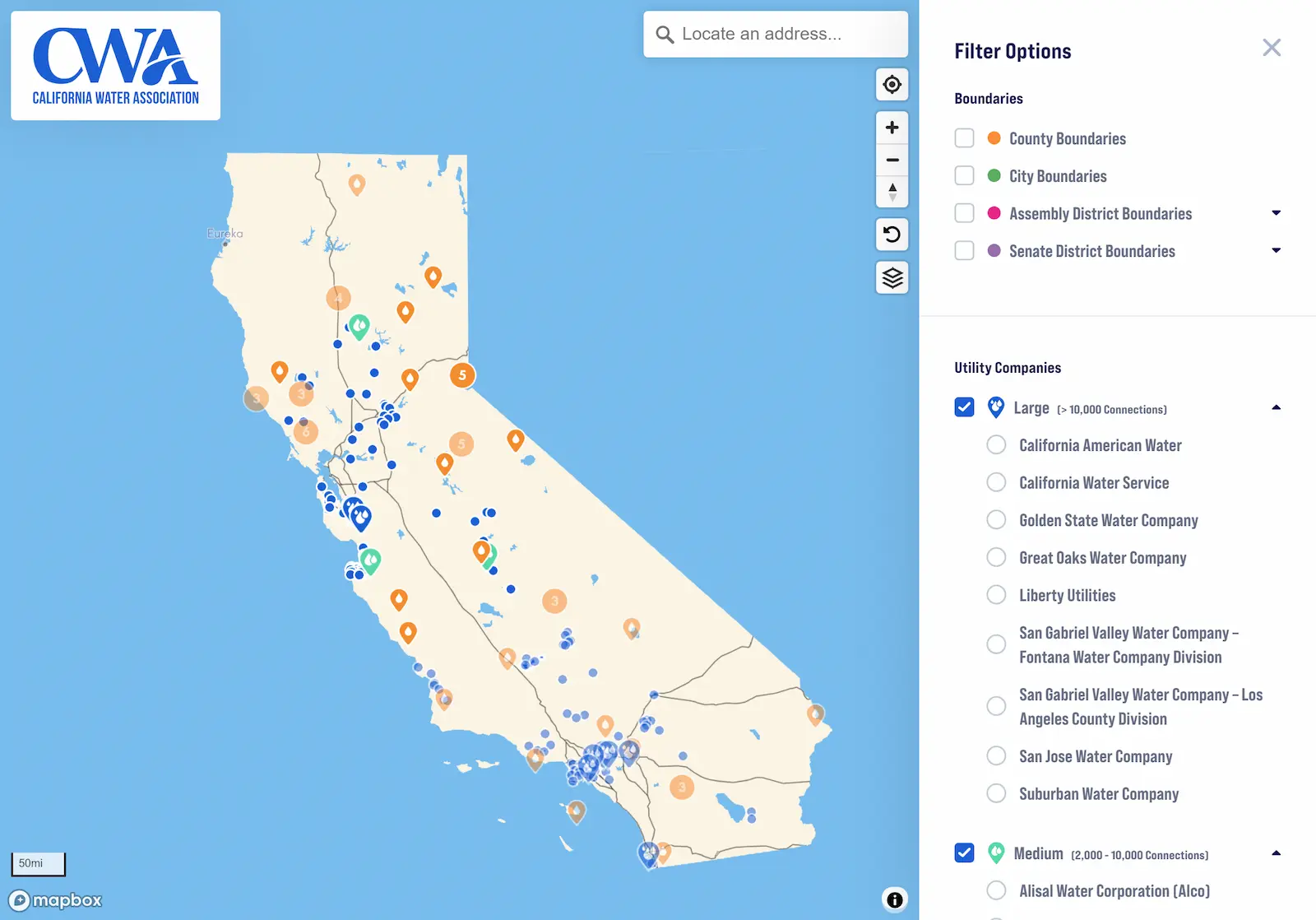California Water Service Company (Cal Water) is ahead of the pack when it comes to chromium-6 testing and treatment assessment. Hexavalent chromium, or chromium-6, is a subset of total chromium, a naturally occurring element and a chemical used in many industrial processes.
In 2001, California passed legislation requiring the California Department of Public Health (CDPH) to establish a maximum contaminant level (MCL) for chromium-6, making California, the first state to do so. In August 2013, the CDPH issued a draft MCL standard of 10 parts per billion (a measure of concentration roughly equivalent to, for example, one second in nearly 32 years or one drop in an Olympic-sized swimming pool) for chromium-6. The CDPH must submit the final standard to the Office of Administrative Law by April 15, 2014 (or June 15, 2014, if changes to the proposed regulations are made triggering a 15-day public comment period). Once the standard is adopted, all water utilities throughout California, including investor-owned water companies, must comply by testing and limiting treated water concentrations for chromium-6.
Cal Water supports the rigorous and comprehensive science-based approach to setting water quality standards and is committed to meeting all water quality standards that protect the health and safety of its customers. Accordingly, to prepare for the new standard and determine the most cost-effective approach to treatment, Cal Water has begun testing wells in its Dixon and Willows districts and assessed the most suitable approaches for chromium-6 treatment. The company is pilot testing ion-exchange treatment to help identify the site-specific design and operational settings with the lowest cost to customers.
Two aspects of the pilot tests are “first of their kind” by drinking water utilities – bicarbonate regeneration and hydraulic loading rate tests.
- Ion exchange resins are typically regenerated using sodium chloride to renew the media (the type of resin used to remove the chromium-6), so it can be used again to treat hexavalent chromium. This traditional approach generates drinking water that is slightly higher in chloride, which may not be acceptable at the Dixon wastewater treatment plant. Bicarbonate regeneration, in lieu of sodium chloride, avoids chloride increases in treated water and may offer the opportunity to dispose of the treated waste stream at local wastewater plants.
- Hydraulic loading rate refers to the flow of water per area through the treatment process. Higher hydraulic loading rates may lower treatment capital costs and the footprint but increase pumping costs. Pilot testing will determine the optimal hydraulic loading rate for efficient hexavalent chromium removal.
Cal Water is working closely with the CDPH, Jacobs Engineering Group, the University of California, Davis and local governing authorities to ensure the project’s success. The pilot testing will be closely watched by the entire industry.





